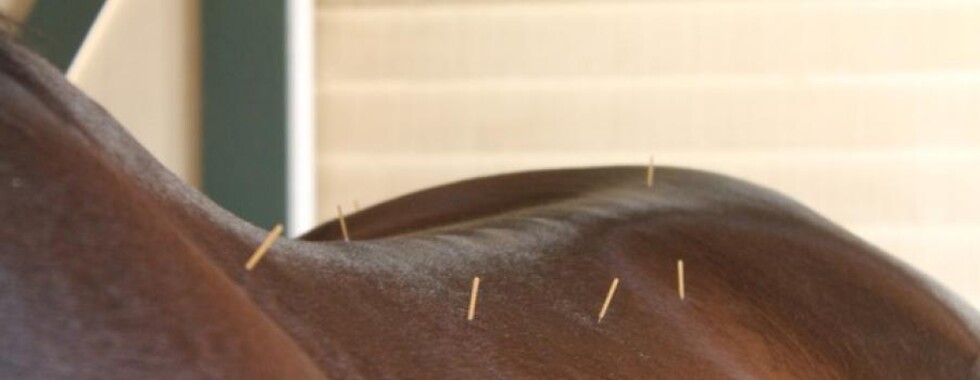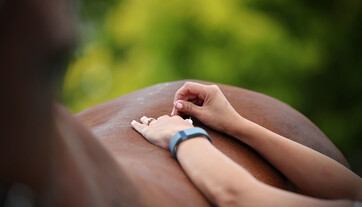Modalities
Animal Osteopathy
What is Osteopathy ?
Animal Osteopathy has been adapted from Human Osteopathy into Equine and Canine Osteopathy.
It is a hands on manual therapy which encompasses 3 Branches of Osteopathy, within these 3 systems osteopaths find the primary dysfunction to eliminate secondary issues.
Parietal Osteopathy (Musco-Skeletal System) - Adjustments - Balance of muscles, bones, ligaments and tendons.
Visceral (Organs) - Mobilising Organs - Consider the movements and quality of Internal organs to treat back, neck, shoulders and lower limb problems.
Cranio-Sacral System - CST is a Gentle hands on method of evaluating and enhancing of a physiological body system called the craniosacral system -comprised of the cranial and sacral membranes and Cerebralspinal fluid (CSF) that surround and protect the brain and spinal cord.
Philosophy of Osteopathy :
Osteopathy is scientific knowledge of Anatomy & Physiology applied through trained & experienced hands of the Therapist to help the patient in Pain after Strain, Overstrain, Accident, Mechanical Disorders & Wounds.
Osteopathy is a system of engineering of the whole Animal body that keeps communication with the brain open that prevents stasis or congestion of blood & fluids. Any area with reduced or lack of Vital force in the tissue caused by immobility of Fluidal Flow (Weakend resistance) or immunity & vitality of that tissue behind that mobility or fluidal obstruction.
While Osteopaths would always look at the Mechanical aspects of a lesion first, they need to contemplate other aspects of the body, such as nutrition, food intolerances and management of the animal.
Acupuncture & Electro Acupuncture
It is very important to not only look for the primary source of the pain but also to examine the secondary source which more often than not can be causing ongoing issues if never treated.
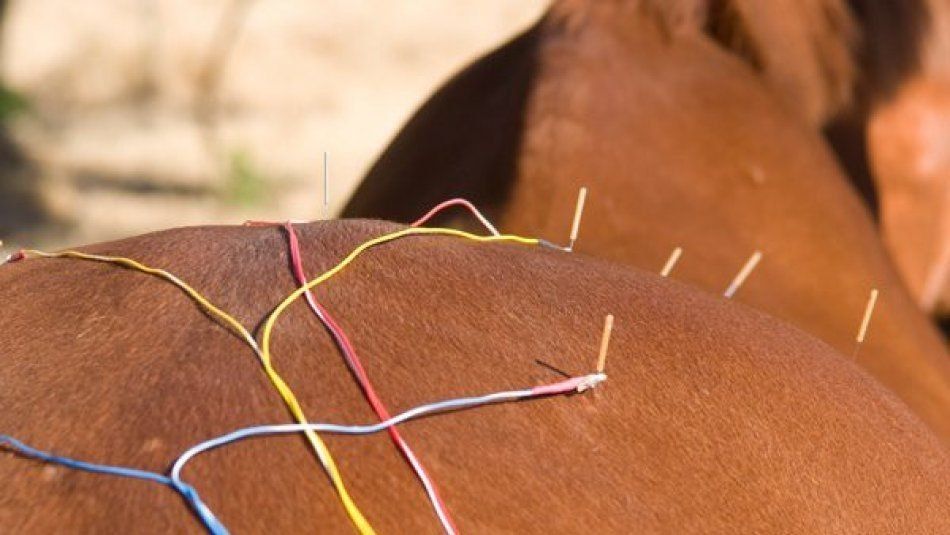
What is Biofield Tuning
What is Biofield Tuning?
The term biofield refers to our body’s electrical system in its entirety - both the electric current that runs through our bodies, and the magnetic field that surrounds it.
Biofield Tuning is a sound therapy method that works directly with this system, seeing it as inextricably connected with our conscious and subconscious mind, including our memories.
By using Acoustic sound & Frequency to listen and deeply sense the neuro-feedback system of the body and by utilising tuning forks it helps to reduce the static out of the body's electrical system which in turn opens up possibilities for health and well being into the body. This type of sound therapy helps to calm the nervous system and reduce automatic triggers
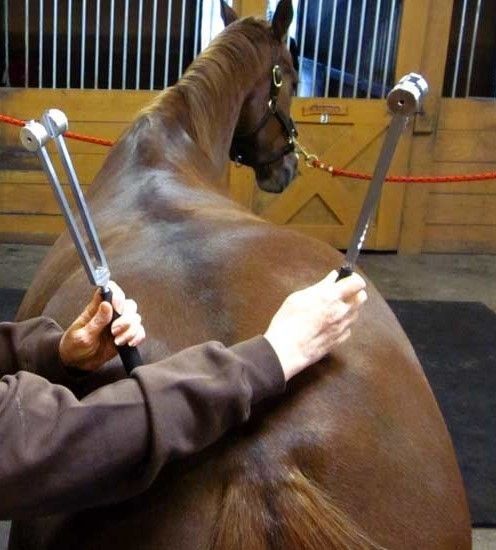
Laser Therapy
Needle shy horses can still respond to laser therapy of acupuncture points, in addition to using acupressure and muscle release
The positive effects of laser light have on different types of cells, tissue, and disorders. The laser is used to treat a variety of injuries, wounds, fractures, neurological conditions, numerous dermatological problems, and pain. Whether your animal is rehabilitating from trauma or injury, healing from wounds, or simply aging, the laser has been shown to provide relief and speed healing.
The laser system sends photons or packets of light energy deep into tissue without damaging it, this light energy inspires production of ATP in the cell, ATP is the fuel or energy cells need for repair and rejuvenation. Impaired or injured cells do not make this fuel at an optimal rate. Increased ATP production leads to healthier cells, healthier tissue, and healthier animals.
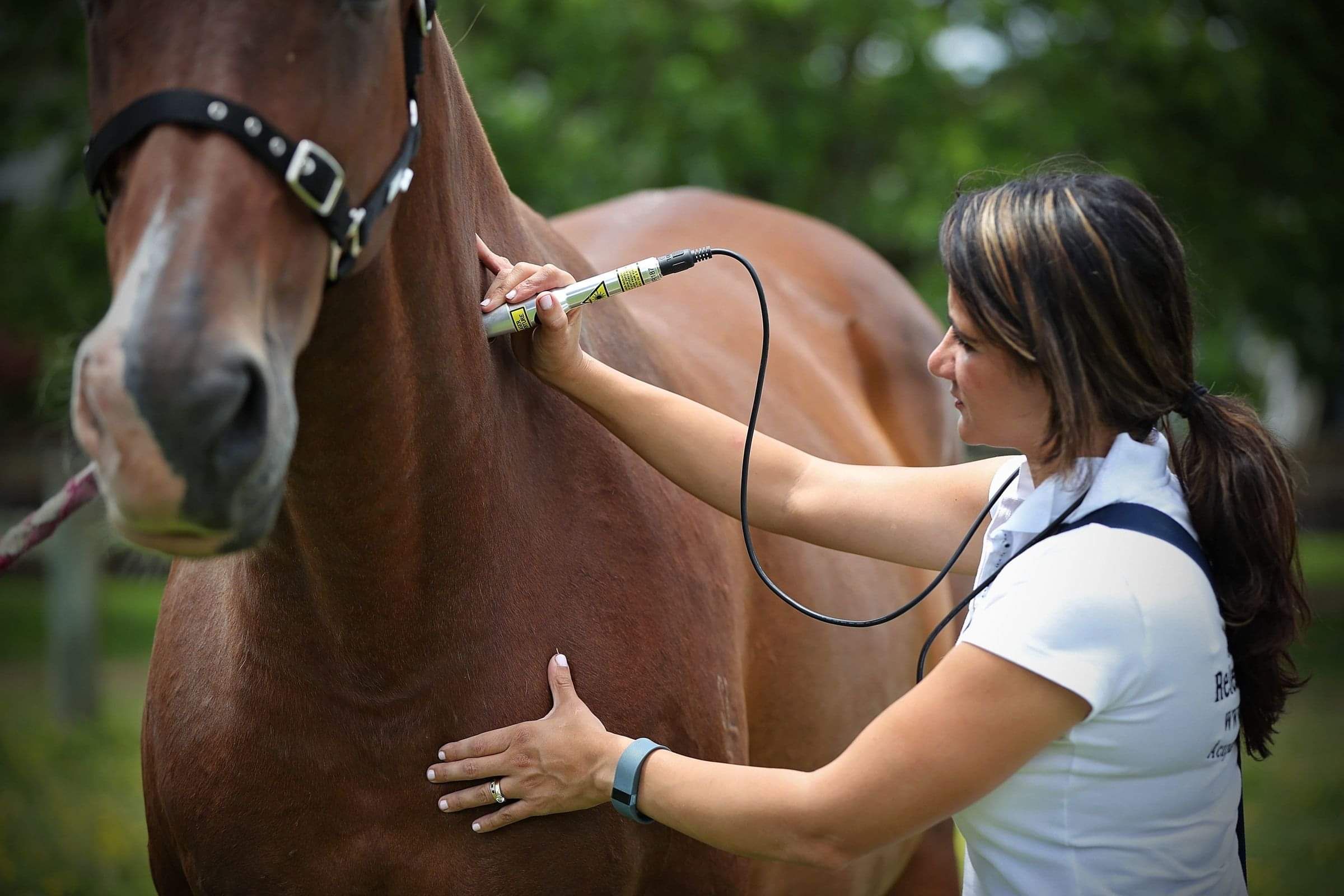

Acupressure
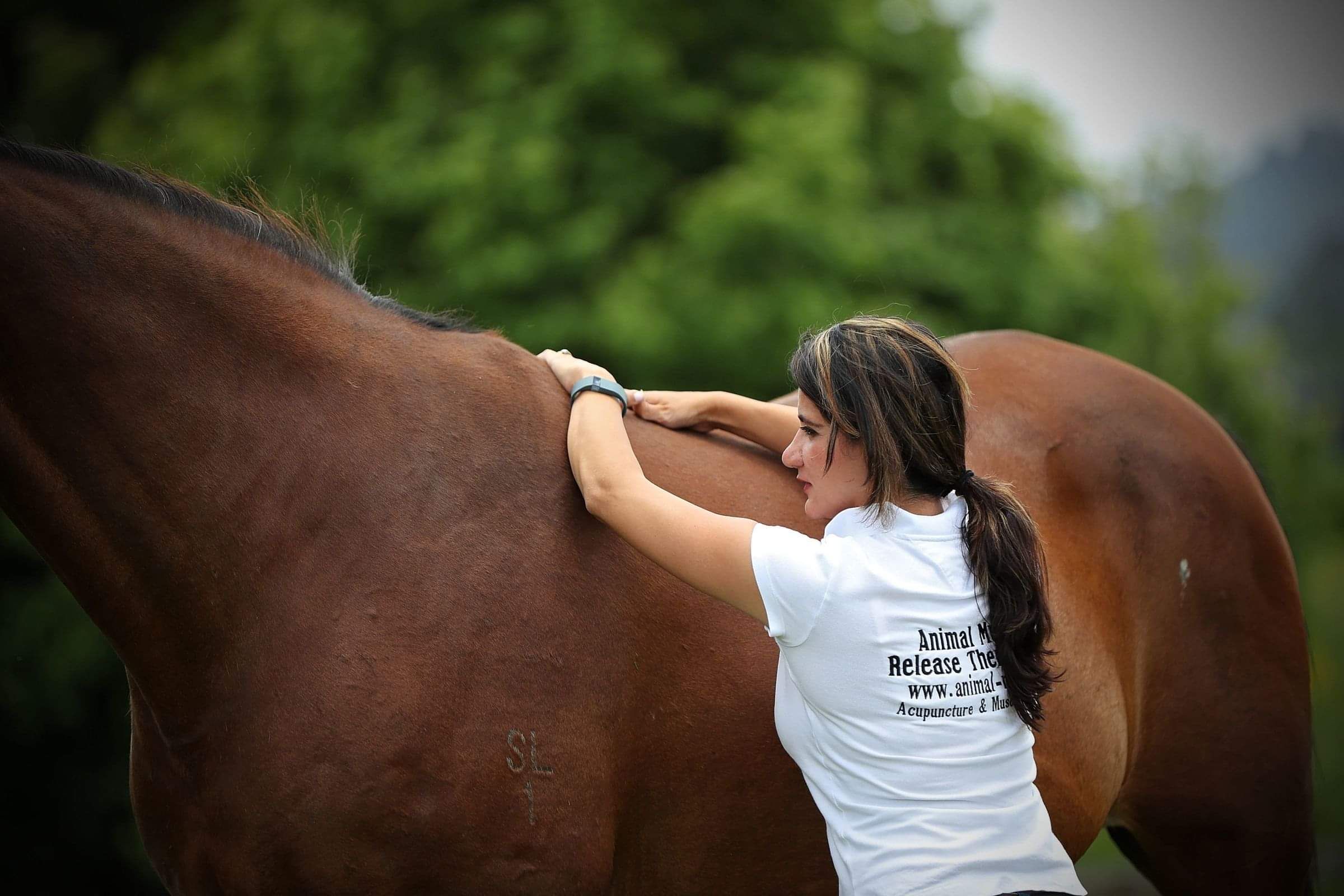

Moxibustion (Heat derivative to help release tension)
Moxibustion (Pinyin jiu) involves the burning of moxa, or the herb mug wort, which is applied to certain acupuncture points on the body.
Moxibustion can be used for disease prevention and health maintenance. Plus, pain relief, improve circulation, an immune system boost, enhances vitality, reduces blood flow to tumours, etc. And, it has a good effect on skin lesions, and poor wound healing. Various acupuncture points that are stimulated by moxa have an internal visceral effect right down to the organs.

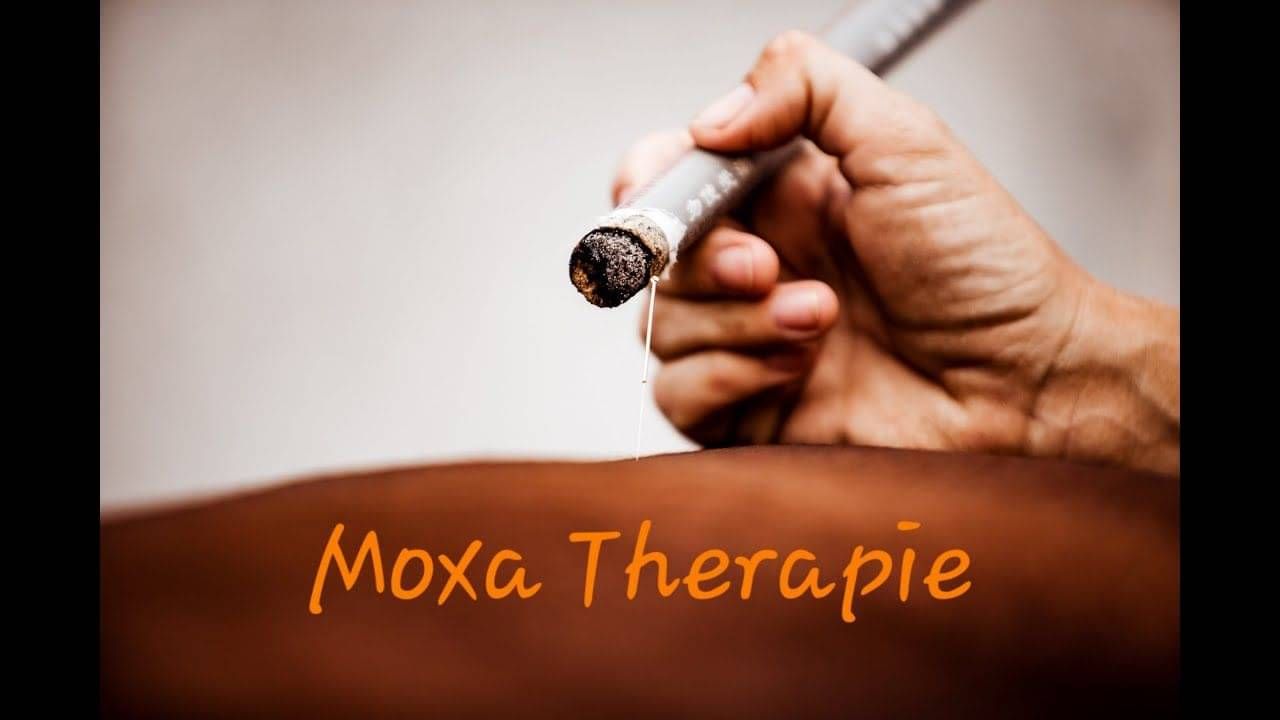
Muscle Release Therapy (Myofascial Therapy) EMRT & CCMRT
The Bowen technique utilised to relieve myofascial tension and pain, this therapy was initially taught in humans and later translated into animals as EMRT & CCMRT.
The term "myofascia" refers to the muscle, "myo", and the connective tissue that surrounds and attaches the muscle, "fascia", hence, "Myofascial".
Fascia is a thin yet tough connective tissue that surrounds everything in the body, including our muscles and bones. Fascia forms layers and creates a type of webbing that links various muscles to one another.
Tension can build up in fascia due to trauma, over-use injuries, poor biomechanics, and compensatory movement patterns. Tension and restrictions in fascia can cause pain and immobility at the site of the injury but also at areas distant from the area of main concern.
Myofascial release aims to break up scar tissue and adhesions in fascia to reduce pain and improve mobility throughout the entire body.
Equine & Canine Kinesio Taping
The Kinesio taping method used is a technique designed to facilitate the body's natural healing process while providing support and stability to muscles and joints without restricting the body's range of motion
Applying the tape depends on what therapeutic effect you want to achieve, it can compress an area if applied at more than 50% tension, or decompress to lift the skin if applied less tightly. It can be used to activate muscles that need to work harder, or inhibit muscles that need to back off. The tape can stimulate touch receptors in the nervous system, blocking out transmission from pain receptors. It can also be used for pain and swelling from muscle overuse along with circulatory issues and trauma.
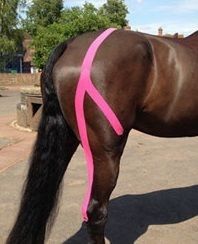
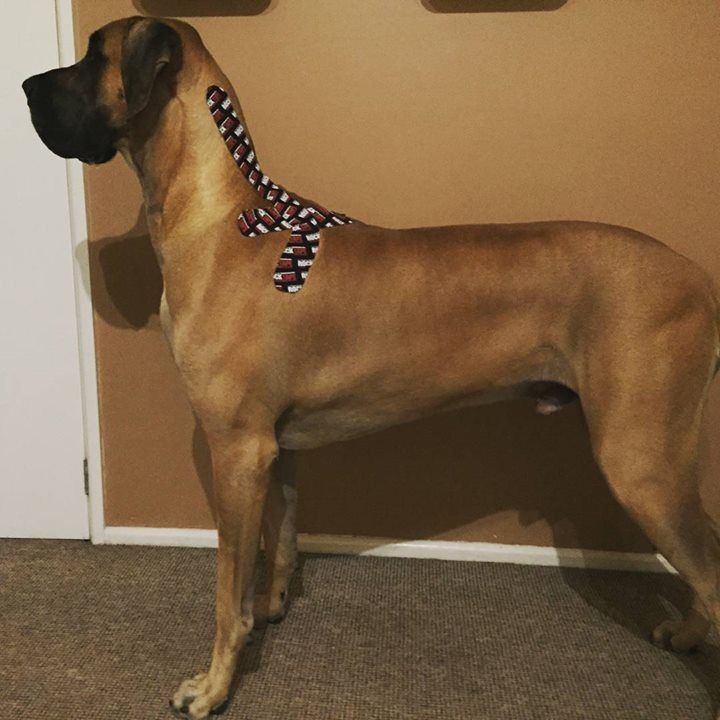
Common reasons to use AMRT:
- Loss of performance
- Muscle Spasms
- Poll issues, head shy, ears back when coming close
- Neurological issues such as Head shaking, Wobblers, Shivers and etc.
- Uneven muscle development and muscle wastage
- Sore or cold back, resisting when saddling
- Lack of impulsion
- Problems in schooling such as hollowing in transitions, reluctant in using hind end and engaging, lack of bend, not consistent in contact
- Behavioral changes, not enjoying grooming, change in temperament
New Clients: After Horse's first session it is recommended to give horses approximately 2 days off work and not to be ridden after session.
Horses can be ridden before session but not after full body session to allow for the horse to respond to the session.
Treatments aid in:
- Enhanced performance
- Achieve and maintain optimal health and well-being.
- Improve mobility
- Decrease or eliminate pain
- Post-operative recovery with reliable, positive results
- Conservative management for horses that do not wish to undergo surgery or where surgery is inappropriate
- Postural changes
- Softening and reduction in tension of tissue
- Change in behaviour
- Coat changes
Text Nash now to discuss treatments, performance management, rehabilitation or maintenance


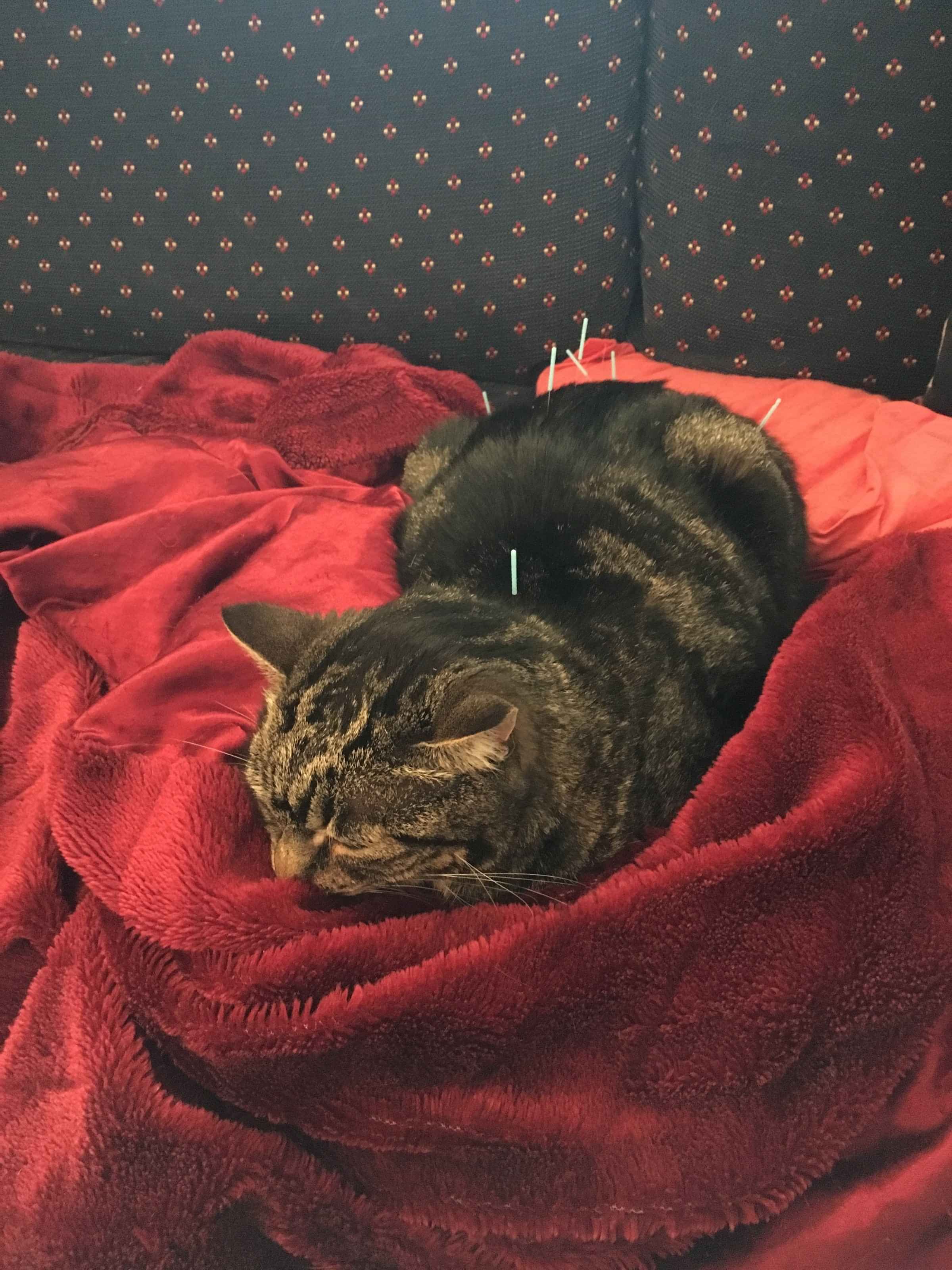
AMRT is complementary to veterinary treatment and to the general management of the animal.
